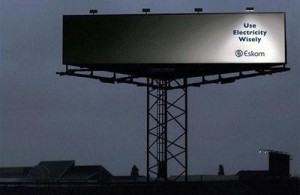 What do these three companies have in common:
What do these three companies have in common:
1) An environmental engineering firm that wants to put a cartoon frog on their site because it stands for a religious acronym.
2) A real estate broker who has filled his Web site with his religious beliefs.
3) A car company brochure for a new commuter truck emphasizing the “Duratec 2.0 liter dual overhead cam” and the “split-rear doors [which] open at a standard 180 degrees or an optional 255 degrees”. (The truck sounds great for deliveries, once you translate the features into benefits; more on that at The New York Times business blog)
What’s the connection? They’re all focusing on what THEY like, rather than what’s important to their customers.
The engineering firm’s clients probably aren’t interested in that poor, lost frog. They just want to know that the company can save them from worrying about water contamination, environmental hazards, and lawsuits.
The real estate broker’s customers want to find a home they can fall in love with (and afford), not a sermon or indoctrination in religious beliefs they may not share.
And, car buyers would undoubtedly prefer to be told what that overhead cam will do for them (it gives the truck extra pep, so it goes fast and handles well). The angle on the doors means that they swing out of your way, so its easier to load or unload the vehicle.
That ad for a coal sifter looks pretty silly in the 21st century, but if you click on it, you’ll see that it does have clear benefits to the consumer (save money and keep your clothes clean). Unfortunately, some modern-day companies have forgotten this.
People buy when you show them how your product helps them (not how it helps you).




